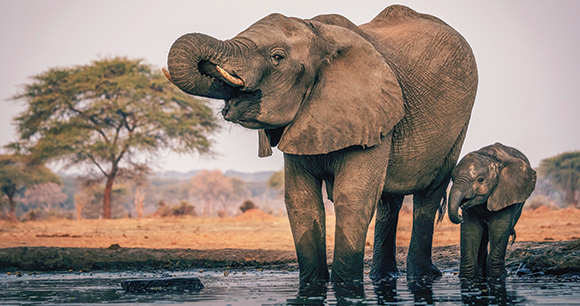Longer Sentence for Reptile Smuggler
After being caught attempting to pass a cache of snakes and a turtle through Kuala Lumpur International Airport into Indonesia, notorious wildlife smuggler Anson Wong of Malaysia initially received a lenient six-month jail sentence (as...
